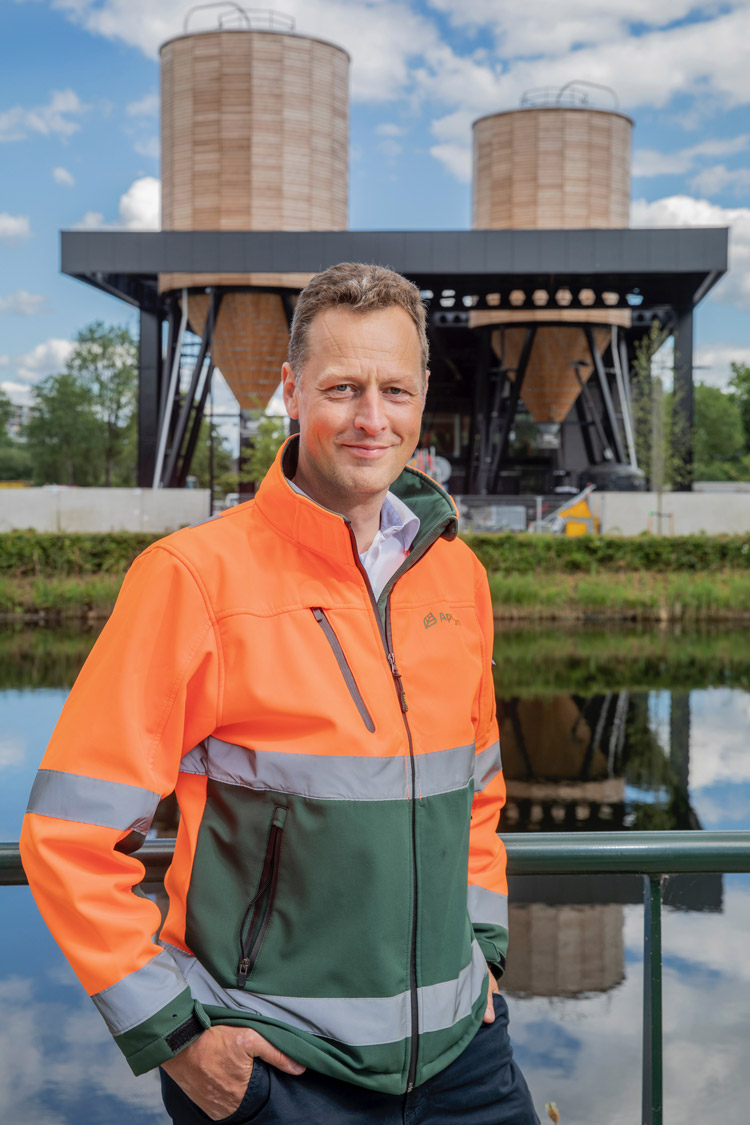In March 2020, the way the world went about working changed radically. Two local government engineering leaders from different parts of the globe share their experiences.

Working from home at the beginning of the pandemic presented unforeseen challenges for Jamie Rozema-Stinson, who is Business & Asset Strategies Lead for the City of Calgary in Canada.
Jamie’s team provides GIS, work-order and asset-management support for Calgary’s parks, which takes in more than 10,000 hectares of parkland and natural areas, and 1,000 kilometres of pathways. After putting the initial pandemic response measures in place, the team had to work out how to provide training and support for park staff and contractors.
“We develop and support ArcGIS Online apps for park operations to track work done in the field,” says Jamie. “When the pandemic hit, we had been preparing to roll out in-person training for the various groups in preparation for the summer season.”
Jamie says they moved to a “train a trainer” model, using Microsoft Teams to deliver online training to groups of supervisors who would then train their staff. “We also reviewed the apps and identified some that had been in use long enough that a refresher video or cheat sheet could be used rather than having a full training session,” she says.
Jamie is proud of how well her team took these challenges in their stride. “We had to adapt,” she says. “One of the learnings is that we can still collaborate while physically apart – we just have to leverage new tools, organise things differently or develop new processes.”

More than 7,000 kilometres away in the Netherlands, Michiel Bruins, Head of Management and Maintenance for the Municipality of Apeldoorn, also needed to act quickly and adapt. His team were forced to install screens in their vehicles and wear masks if it wasn’t possible to keep 1.5 metres apart, such as in a sewer trench.
They also needed to manage all municipal functions from two yards, staggering work times over several days a week to avoid overcrowding. “We still worked at the yards because digital management does not work well for our colleagues,” explains Michiel. “But we have created mandatory walking routes and placed screens between the desks.”
Overcoming the challenges
The difference in their types of roles is not only reflected in the working set-up they needed to adopt, but also in the challenges Jamie and Michiel faced.
For Jamie, it was around technology. “My biggest issues were trying to get my team set up to work from home,” she says. “A team of GIS professionals requires a bit more technology consideration than the average office set-up – larger monitors and the ability to remote back into the office to run GIS-related software.”
For Michiel, the biggest challenge was the weather. “Extreme weather caused the most problems,” he says. “Normally, colleagues return to the yards when that occurs, but we can’t accommodate the 300 employees there and still maintain a 1.5-metre distance.
“This meant that we also had to implement less practical solutions, such as the canteen sheds in the neighbourhoods.”
While measures such as these could impact employee morale, Jamie believes the new working arrangements have affected team culture in various ways.
“Initially we all chatted quite frequently just because of the changing situation, but as we have adapted and settled, we’ve lessened it a bit,” she says. “Although I do think in some ways the shared experience has brought us closer together.”
Bonding has been just one of the benefits people have experienced the world over. “You have less travel time and it’s also quite efficient,” says Michiel. “Although the line between work and home is blurring – we see that some colleagues have trouble letting go of work.”
Jamie agrees. “My hours are more flexible and I’m more productive at home. Not having to commute 1.5 hours each day is a real plus. Although sometimes it’s hard to remember to take a break during the day.”
Lessons for the future
Like workers in every profession, engineers in the public sector now hope to take some of the lessons they’ve learned and apply them to a new hybrid way of working.
“I hope we go to a healthy mix,” says Michiel. “For example, three days in the yards and two days from home. At the yards, it will be more about meetings and encounters. People are happy to be flexible, as long as you can explain measures well and set a good example.”
Jamie says many in her sector will look for more opportunities to work from home.
“I think offices will be more like hotel stations as people just drop in when they need to,” she says. “Things will work as long as we are flexible, adaptable and take time to recharge our batteries.”














